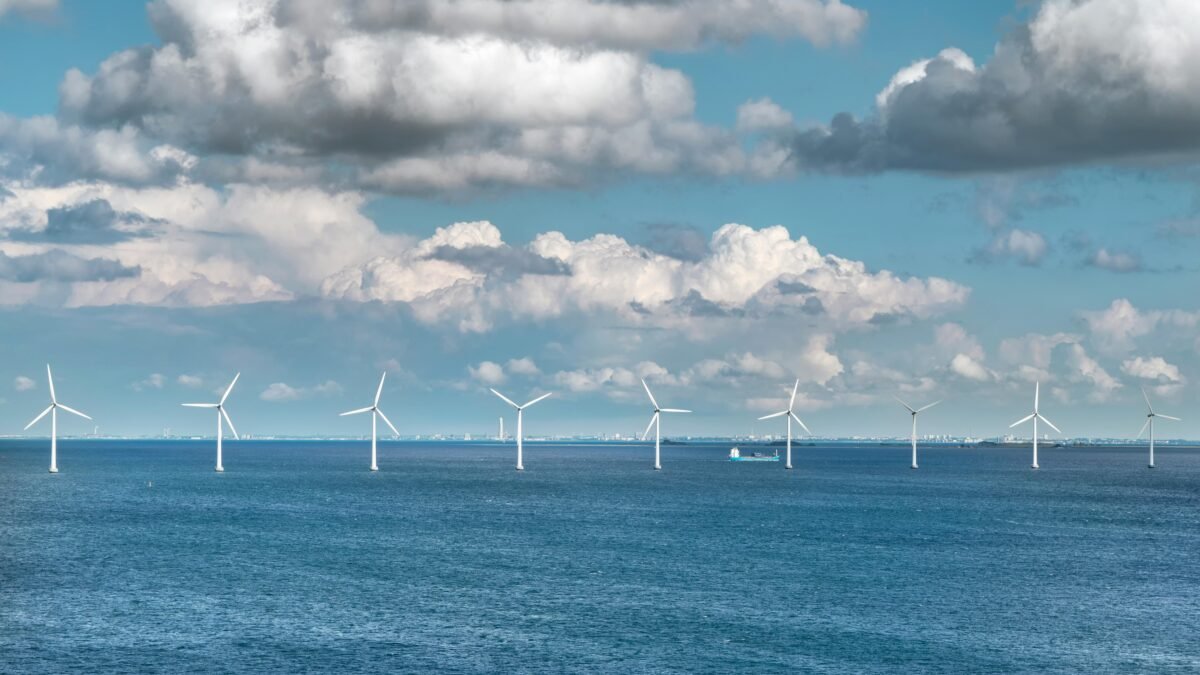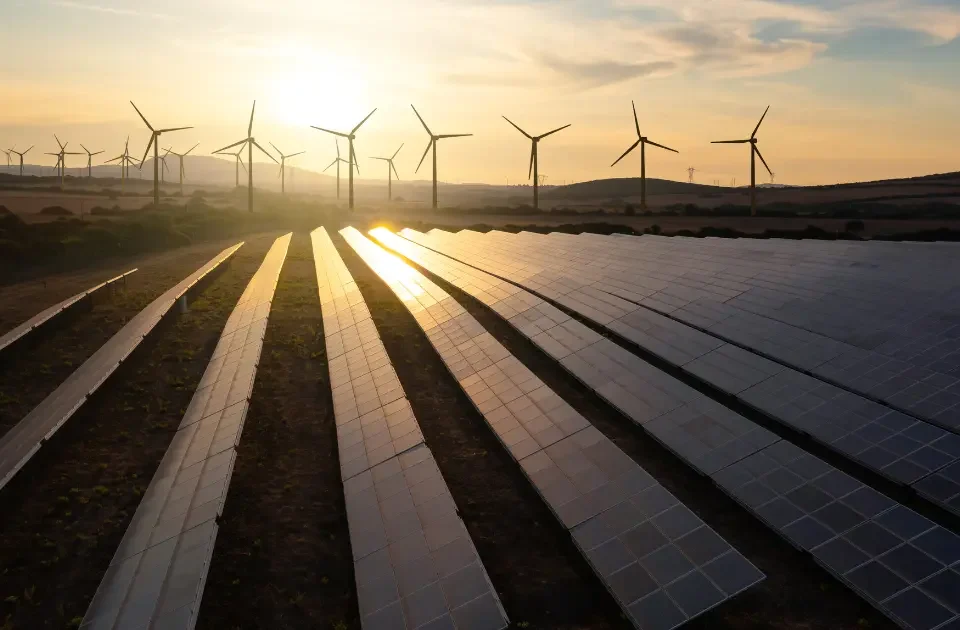Wind energy has emerged as a vital component of the global renewable energy mix, offering a sustainable and environmentally friendly alternative to fossil fuels. However, the development of wind farms, particularly utility-scale projects, is not without its challenges. From technical and environmental hurdles to regulatory and social issues, there are several obstacles that developers must navigate to bring these projects to fruition. Here, we explore the key challenges in wind farm development and the innovative solutions being implemented to address them.
Technical Challenges
Intermittency and Grid Integration One of the primary technical challenges of wind energy is its intermittency. Wind is a variable resource, and the power output from wind turbines can fluctuate based on wind speed and weather conditions. This intermittency poses challenges for grid integration, as the grid must be able to accommodate these fluctuations without compromising stability and reliability.
Solutions: Advances in energy storage technologies, such as battery storage systems, are providing effective solutions to manage intermittency. These systems can store excess energy generated during periods of high wind and release it when wind speeds are low. Additionally, the development of smart grid technologies and advanced forecasting models helps to predict wind patterns more accurately, allowing for better grid management and integration.
Environmental Challenges
Wildlife Impact Wind turbines can pose risks to wildlife, particularly birds and bats. Collisions with turbine blades can result in fatalities, raising concerns about the impact of wind farms on local ecosystems and biodiversity.
Solutions: Research and development efforts are focused on designing bird-friendly turbine blades and implementing mitigation measures such as acoustic deterrents and blade painting to make turbines more visible to birds. Additionally, careful site selection and environmental impact assessments are crucial to minimize the impact on wildlife.
Land Use and Visual Impact The large land footprint required for wind farms and the visual impact of towering turbines can lead to opposition from local communities and land use conflicts.
Solutions: To address land use concerns, developers can explore offshore wind farms, which harness wind resources over the ocean, reducing land use conflicts. Offshore wind farms also tend to have higher wind speeds and more consistent wind patterns, enhancing energy generation. For onshore projects, community engagement and transparent communication are essential to address visual impact concerns and gain local support.
Regulatory and Social Challenges
Permitting and Regulatory Hurdles Navigating the complex regulatory landscape for wind farm development can be time-consuming and costly. Permitting processes often involve multiple agencies and stakeholders, each with their own requirements and approval timelines.
Solutions: Streamlining regulatory processes and establishing clear, consistent guidelines can help to expedite permitting and reduce costs. Collaborative efforts between governments, industry stakeholders, and local communities are also essential to address regulatory challenges and facilitate project development.
Community Opposition Community opposition, often referred to as “Not In My Backyard” (NIMBY) syndrome, can be a significant barrier to wind farm development. Concerns about noise, visual impact, and potential health effects can lead to resistance from local residents.
Solutions: Effective community engagement and education are key to addressing opposition. By involving local communities in the planning process and providing accurate information about the benefits and impacts of wind farms, developers can build trust and support. Community benefits programs, such as revenue-sharing initiatives and job creation, can also help to garner local support.
Financial Challenges
High Initial Costs The high upfront costs associated with wind farm development, including site assessment, turbine manufacturing, and installation, can be a barrier to investment.
Solutions: Financial incentives, such as tax credits, subsidies, and feed-in tariffs, can help to offset initial costs and attract investment. Additionally, technological advancements and economies of scale are driving down the cost of wind energy, making it more competitive with traditional power sources.
Conclusion
The development of wind farms presents a range of challenges, but innovative solutions and collaborative efforts are helping to overcome these obstacles. By addressing technical, environmental, regulatory, social, and financial challenges, the wind energy sector can continue to grow and contribute to a sustainable and renewable energy future. As we move forward, the lessons learned from wind farm development will be invaluable in shaping the future of renewable energy and achieving global climate goals.




